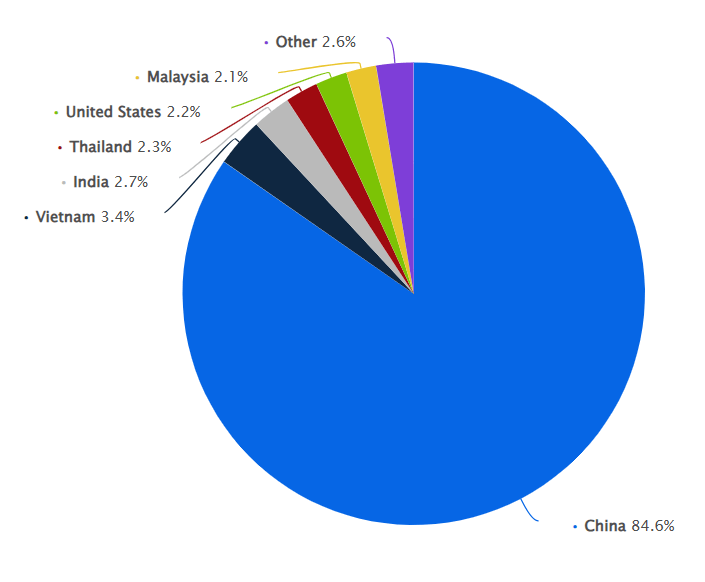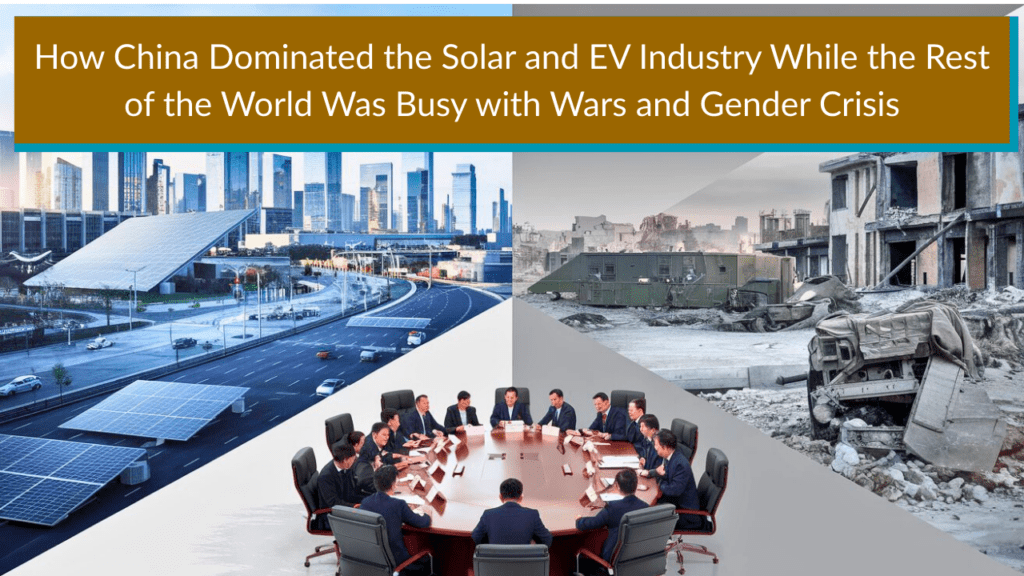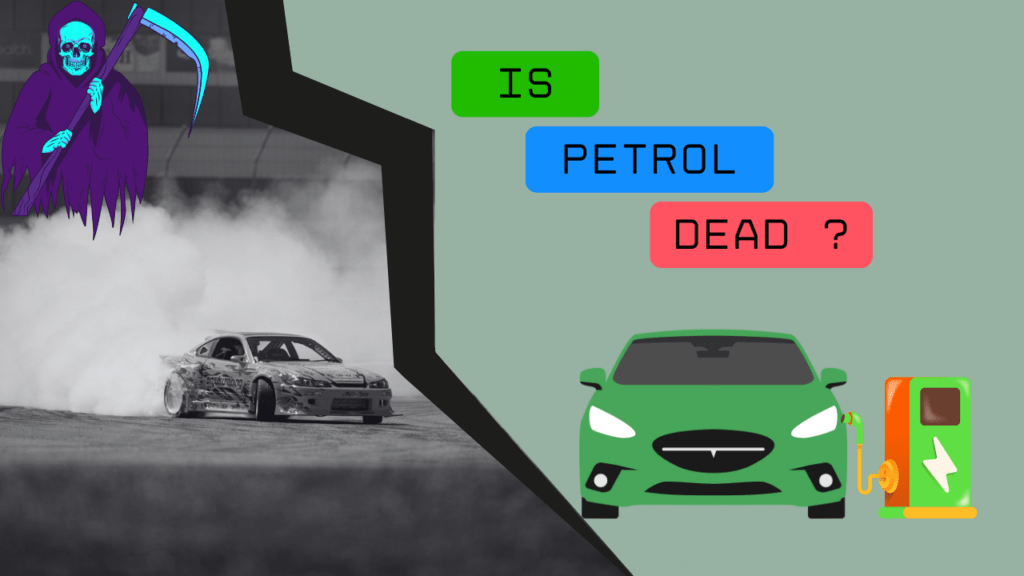Ever wondered why every solar panel, lithium battery, electronic gadget, and toy you see carries the “Made in China” label? It’s no coincidence. While the rest of the world was busy with gender debates, culture wars, and political conflicts, China took action. They seized control of lithium and rare earth mineral mines, built not just factories, but massive giga-factories to produce solar panels and lithium cells, rolled out electric vehicles, and quickly became the dominant force in these industries.
You can criticize their politics all day long, but when it comes to solar and EV manufacturing, China isn’t just participating. They’re running the show.
So how did this happen?
🕛China Didn’t Waste Time
While Western governments debated bathroom policies and staged diplomatic dramas, China was signing billion-dollar deals for lithium, cobalt, and rare earth metals.
They built supply chains, acquired mines in Africa, subsidized local manufacturers, and started mass-producing at a scale no one could compete with.
Result?
China now controls:
Over 80% of global solar panel production
Around 60% of EV battery production
More than 75% of critical minerals processing
Why Is China So Damn Good at Manufacturing This Stuff?
1. Government-Led Capitalism
Say what you want, but the Chinese government plans long-term. Their industrial policies don’t shift every 4 years with elections. They:
Offered massive subsidies to clean energy companies
Poured billions into R&D
Launched the “Made in China 2025” plan in 2015 itself to dominate high-tech industries. And they achieved it.
2. Vertical Integration
From mining raw materials to producing finished EVs and solar modules, China controls almost every layer. That means:
-
Fewer delays
-
Lower costs
-
Full command of the supply chain
Meanwhile, most Western companies are still busy figuring out how to get chips out of Taiwan and lithium from Australia
Why Are They So Cheap?
Because they went all-in when no one else did. When Tesla was still a Silicon Valley startup, China was already building BYD, CATL, and NIO.
They’ve:
Built massive economies of scale
Used government subsidies to undercut prices
Taken early risks that paid off
For example:
In 2023, China exported over $50 billion worth of EVs — overtaking Japan to become the world’s #1 car exporter.
(Source: Bloomberg)
Let’s Talk Solar Panels ☀️
Top 10 solar companies in the world? 8 are Chinese.
Polysilicon? China makes over 75% of it.
Inverters, wafers, modules? All Chinese.
By 2025, 90% of solar modules sold globally will come from China or Chinese-controlled companies.
(Source: IEA Solar PV Report)

So, Who's Next in Line?
India is trying. Vietnam is trying. Even the US passed the Inflation Reduction Act and started throwing money at local battery makers.
But here’s the catch:
Factories don’t pop up overnight.
Skilled labor doesn’t come from Twitter polls.
Supply chains don’t run on hashtags.
Unless countries plan like China did — and do it with clarity, vision, and grit, they’re just playing catch-up.
What the World Needs to Learn (Fast)
Instead of mocking China for being “authoritarian” or “state-controlled,” the world might want to:
-
Copy their industrial policy playbook
-
Build real factories, not just headlines
-
Make long-term bets on clean energy
-
Stop relying on China for 80% of everything
Because right now, the West talks a lot about climate change — but China is the one actually making the stuff to fix it.
Final Thoughts: Time to Wake Up
The world’s too distracted.
While we scroll through outrage, China scrolls through production schedules.
While we debate culture wars, China builds battery megafactories.
While the West sleeps on solar, China wakes up to dominate global markets.
Like it or not — they played the long game. And they’re winning.
What do you think? Is the world too late to catch up?


